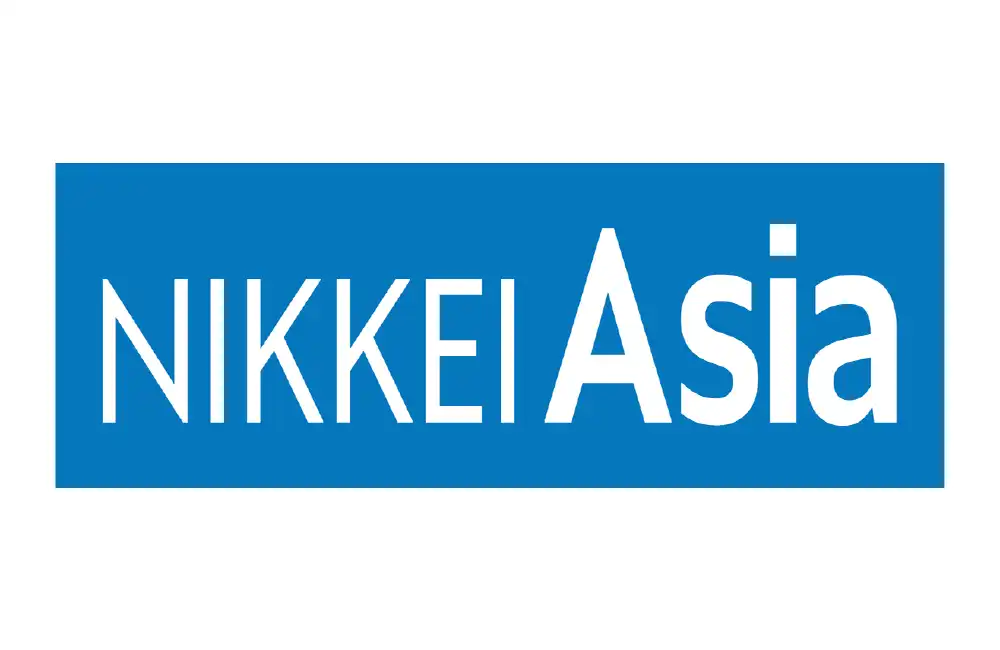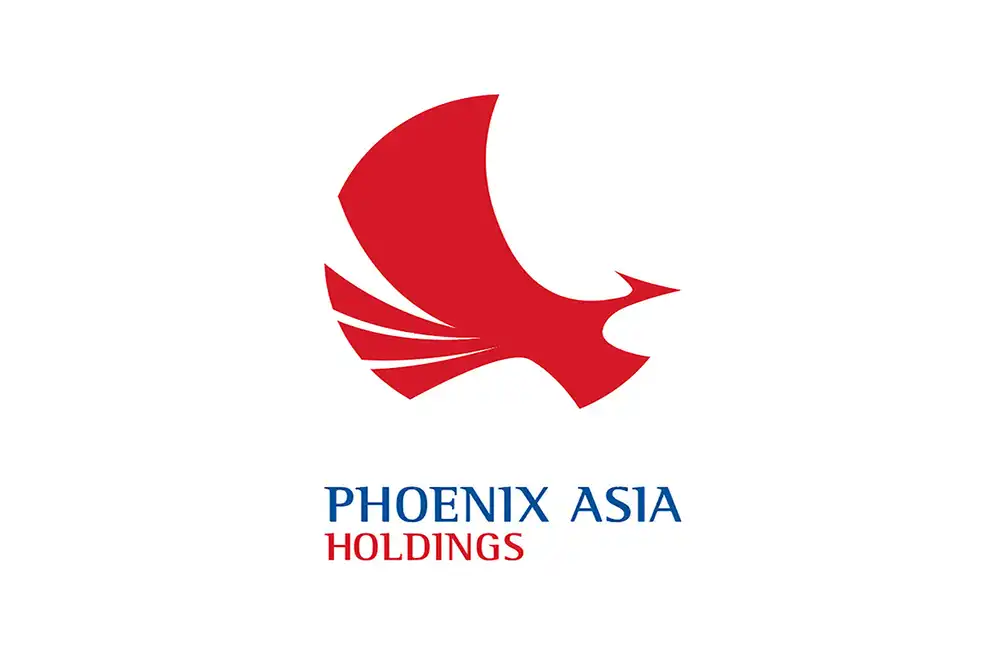Junior and major mining companies play different roles in the mining sector—juniors focus on early-stage exploration, while majors lead large-scale production. Understanding these differences helps investors align their strategies with their risk appetite.
The mining industry plays a central role in global economies, providing minerals and metals essential for various operations. Understanding the structure of this industry, particularly the distinctions between junior mining companies and major mining companies, is key for investors seeking opportunities in this dynamic field. Both types of companies have distinct characteristics, stages of development, risk-return profiles, and roles within the industry. Let's take a closer look.
What Are Junior and Major Mining Companies?
Junior Mining Companies
Junior mining companies are typically small, early-stage firms focused on discovering and exploring new mineral deposits. These companies operate in the earliest phases of mining, conducting geological surveys, sampling, and drilling to identify viable mining prospects.
Key characteristics of junior miners include:
- Size: Usually small to medium-sized enterprises with limited financial resources.
- Focus: Exploration and development rather than production.
- Funding: Often reliant on equity financing as they generally lack revenue streams.
For example, junior companies like Great Bear Resources begin with high-risk exploration projects, which can potentially yield lucrative deposits attractive to major players. However, many juniors face challenges such as uncertain outcomes and significant operational risks.
Major Mining Companies
Major mining companies, in contrast, are established giants in the industry with proven operational mines and diversified asset portfolios. They are involved in mining, extraction, and production on a large scale, usually across multiple global locations.
Key characteristics of major miners include:
- Size: Large corporations with significant capital and stable cash flows.
- Focus: Production-focused, with fully established mining operations.
- Funding: Predominantly self-financed through consistent revenue and profits.
Examples include companies such as Rio Tinto or BHP Group. These major players dominate the mining landscape, benefiting from economies of scale and operational efficiency.
Stages of Development
The mining lifecycle differs significantly between junior and major mining companies.
Juniors
Juniors operate in the early stages of mineral development:
- Exploration: Identifying areas with mineral potential through geological surveys and drilling programmes.
- Evaluation: Assessing the viability of deposits through feasibility studies and resource estimation.
These activities are critical for uncovering the resources that major companies may later develop. However, this phase entails high uncertainty regarding whether discoveries will be commercially viable.
Majors
Major mining companies focus on advanced phases of mining, including:
- Extraction: Processing raw materials from established mines.
- Production: Producing consistent outputs of minerals and metals, often at a global scale.
Majors leverage the groundwork laid by juniors to expand operations and refine resource extraction technologies. Their long-term activities typically involve little exploration risk but require considerable investment in infrastructure and logistics.
Risk and Return Profiles
Investments in junior and major mining companies offer very different risk and return dynamics.
Juniors
- Risk: High risk due to exploration uncertainties, lack of revenue, and reliance on external financing. The success rate of exploration projects is often low.
- Return: Potentially substantial returns if they discover valuable deposits or are acquired by a major mining company. For instance, the acquisition of Novo Resources by a major provided significant payouts to early investors.
Majors
- Risk: Relatively low risk, as these companies generate steady cash flows from established operations.
- Return: More stable returns, including consistent dividend payouts, making them an attractive choice for risk-averse investors. Major mining companies offer reliable long-term growth rather than dramatic spikes in value.
Investment Considerations
When deciding between investing in junior or major mining companies, investors must assess their risk tolerance and goals.
- Juniors: Ideal for investors with a high-risk appetite seeking substantial growth potential. These investments are speculative but highly rewarding for those willing to take the plunge.
- Majors: Suitable for investors prioritising stability and consistent returns, such as dividends. Majors are better for those seeking lower volatility and predictable income streams.
For instance, an investor seeking exposure to the mining industry may couple junior mining stocks for their growth prospects with major stocks for stability, achieving a balanced portfolio.
Roles in the Mining Industry
Junior and major mining companies complement each other, playing distinct roles in the industry:
- Juniors: Often act as innovators and explorers, finding new deposits and advancing early-stage projects. Their discoveries may later be sold to or partnered with major companies for further development.
- Majors: Function as the industry’s operational backbone, producing the resources discovered by juniors and bringing them to market at scale. They provide the infrastructure and expertise necessary to maintain steady supply chains globally.
This symbiotic relationship underpins the structure of the mining sector, fostering innovation while ensuring mineral production continuity.
Why Knowledge Is Key for Investors
The mining industry offers myriad opportunities, but understanding the differences between junior and major mining companies is essential for effective investment decisions. Their contrasting characteristics, risk-return profiles, and roles in the sector align with different investor objectives.
By staying informed about industrial developments and assessing your risk tolerance, you can strategically position yourself within this dynamic field.
Stay Ahead with Advisor’s Gateway
The mining industry moves quickly, and opportunities can arise just as fast. Stay ahead with Advisor’s Gateway by subscribing to our newsletter.
Our expert analyses, deep industry insights, and timely updates will empower you to make informed, confident investment decisions in the mining sector.
Subscribe to Advisor's Gateway
By understanding the nuances of junior and major mining companies, you'll be better equipped to seize opportunities, mitigate risks, and build a robust investment portfolio in this essential industry.


















